Trauma is a psychological and emotional response to distressing or harmful experiences. It can result from events such as accidents, abuse, violence, or loss. Trauma can affect anyone, regardless of age, but its impact can be particularly severe when experienced in childhood.
Understanding trauma is essential for caregivers, educators, and professionals working with vulnerable individuals. Recognising its effects — especially when unresolved from childhood — can help people offer appropriate support and guidance. By gaining insight into how trauma shapes emotional and behavioural responses, we can better support those on their path to healing.
Trauma awareness is particularly important for parents, teachers, and caregivers. Children often lack the words to describe their distress, meaning signs of trauma may appear as difficult behaviour, learning challenges, or social withdrawal. By learning to recognize these signs, adults can provide compassionate support that helps children feel safe and understood.
What is Trauma?
Trauma occurs when an individual experiences overwhelming stress that exceeds their ability to cope. Trauma can take different forms:
- Acute trauma: This results from a single, intense event such as a car accident, sudden bereavement, or a violent incident. For example, a child involved in a car crash may become fearful of travel or loud noises.
- Chronic trauma: This occurs when someone faces repeated exposure to distressing events, like ongoing abuse, neglect, or bullying. A child living in a home where conflict is frequent may develop persistent anxiety and struggle to focus at school.
- Complex trauma: This involves multiple traumatic events, often within relationships, such as prolonged neglect or abuse during childhood. A child experiencing neglect from a caregiver over many years may develop difficulties trusting others and experience emotional outbursts as they struggle to regulate their feelings.
Trauma can arise from various causes, including physical or emotional abuse, witnessing violence, significant loss, or prolonged medical treatment. Each person’s response will vary based on their experiences, personality, and available support systems.
How Trauma Affects the Brain and Body
Trauma can profoundly impact the brain and body, particularly when experienced over a long period. The effects are linked to the body’s survival response — known as “fight, flight, or freeze.”
- Amygdala: This part of the brain plays a key role in processing fear and detecting threats. Trauma can cause the amygdala to become hyperactive, making individuals feel constantly on edge or easily triggered. For example, a person who has experienced physical violence may react strongly to unexpected noises or sudden movements, even in safe environments.
- Hippocampus: This region helps process memories. Trauma can shrink the hippocampus, leading to memory issues, difficulty distinguishing past threats from present situations, and heightened anxiety. For instance, a person who endured childhood neglect may struggle to recall positive memories but vividly remember distressing moments.
- Prefrontal Cortex: This area regulates decision-making and emotional control. Trauma can impair its function, making it harder to manage stress and impulses. Someone with trauma may struggle to plan, focus, or control emotional reactions in challenging situations.
Prolonged trauma may dysregulate the nervous system, keeping the body in a constant state of alertness. This heightened state can lead to physical symptoms such as headaches, stomach issues, muscle tension, and chronic fatigue. Emotional instability, heightened anxiety, and difficulties in managing everyday stress are also common outcomes.
Understanding Childhood Trauma
Childhood trauma refers to distressing events that occur during a child’s early development. Because children’s brains are still forming, trauma at this stage can have a deeper and longer-lasting impact than trauma experienced later in life.
Children affected by trauma may struggle with emotional development, learning, and relationships. For example, a child who experiences consistent neglect may find it difficult to form healthy attachments, becoming withdrawn or overly clingy.
Common triggers for childhood trauma include:
- Family conflict: Arguments, divorce, or domestic violence can leave children feeling anxious or unsafe.
- Neglect: When a child’s basic emotional or physical needs go unmet, they may develop feelings of unworthiness or insecurity.
- Bereavement: Losing a parent, sibling, or close caregiver can be deeply distressing, especially if the child lacks support to process their grief.
Unlike adults, children may struggle to express their trauma verbally. Instead, they may show signs such as behavioural outbursts, withdrawal, regression to earlier developmental stages, or excessive clinginess. For example, a previously independent child may suddenly become fearful of sleeping alone or refuse to attend school.
The Lasting Impact: Childhood Trauma in Adulthood
Unresolved childhood trauma can have long-term effects that persist well into adulthood. Adults who experienced trauma in their early years may face ongoing emotional challenges such as anxiety, depression, or feelings of low self-worth.
Emotional triggers from unresolved trauma can lead to sudden mood swings, difficulty managing stress, or strained relationships. For example, a person who experienced childhood neglect may feel intense anxiety when faced with rejection or criticism.
Unresolved trauma may also manifest as:
- Difficulty forming relationships: Individuals may find it hard to trust others or maintain stable emotional connections.
- Emotional triggers: Situations resembling past trauma — such as arguments or feelings of vulnerability — may cause intense fear, anger, or panic.
- Self-destructive behaviours: Some individuals may develop unhealthy coping mechanisms such as substance abuse or reckless behaviours to manage their distress.
Childhood trauma may also influence how adults respond to conflict, impacting their ability to trust others or form healthy attachments. Trauma-informed approaches, which prioritise safety and empathy, are key in supporting adults who carry these unresolved experiences.
Recognising the Signs of Trauma
Trauma can manifest in various emotional, behavioural, and physical ways. Key signs may include:
- Emotional signs: Anxiety, sadness, anger, or sudden mood swings.
- Behavioural signs: Withdrawal, aggression, controlling behaviours, or risky actions.
- Physical signs: Headaches, stomach pain, or fatigue without a clear medical cause.
In children, trauma responses may include nightmares, bedwetting, or difficulty concentrating. In adults, unresolved trauma may present as chronic stress, emotional outbursts, or challenges in forming stable relationships. Because trauma responses vary widely, recognising these patterns requires patience and careful observation.
Supporting Those Affected by Trauma
Caregivers, educators, and professionals can take several steps to support individuals affected by trauma:
- Create safe environments: Establish spaces where children and adults feel secure, valued, and free from judgment. For instance, a predictable home routine can provide comfort for a child recovering from trauma.
- Maintain predictable routines: Consistency helps reduce anxiety and builds trust. A regular bedtime schedule, meal routine, and clear expectations can provide stability.
- Encourage positive relationships: Building supportive connections with friends, family, or trusted mentors can help individuals regain a sense of belonging.
Professional interventions are often necessary for recovery. Therapies such as play therapy, or group counselling can provide essential guidance and coping strategies, currently on the NHS, Cognitive Behavioural Therapy (CBT) is offered as a starting point.
As a charity, we specialise in supporting children affected by trauma, offering specialist 38-week and 52-week residential care to children with the most complex needs. We also provide award winning training to those who work with and alongside children on how to support the most vulnerable around them or those who have the most complex needs.
Where to Find Help and Resources
If you or someone you know is affected by trauma, professional support is available. Therapists, trauma specialists, and counselling services can provide tailored strategies to support recovery.
Additionally, charities such as ourselves, Mind, YoungMinds, and NSPCC provide practical advice for individuals and families seeking guidance.
Conclusion
Understanding trauma — especially the impact of childhood trauma — is key to offering appropriate support. By learning to recognise the signs of trauma and adopting trauma-informed approaches, caregivers, educators, and professionals can make a lasting difference in the lives of those affected.
Recovery from trauma is possible with the right support. By creating safe environments, fostering positive relationships, and seeking professional guidance when needed, individuals affected by trauma can find the stability and healing they need to move forward.
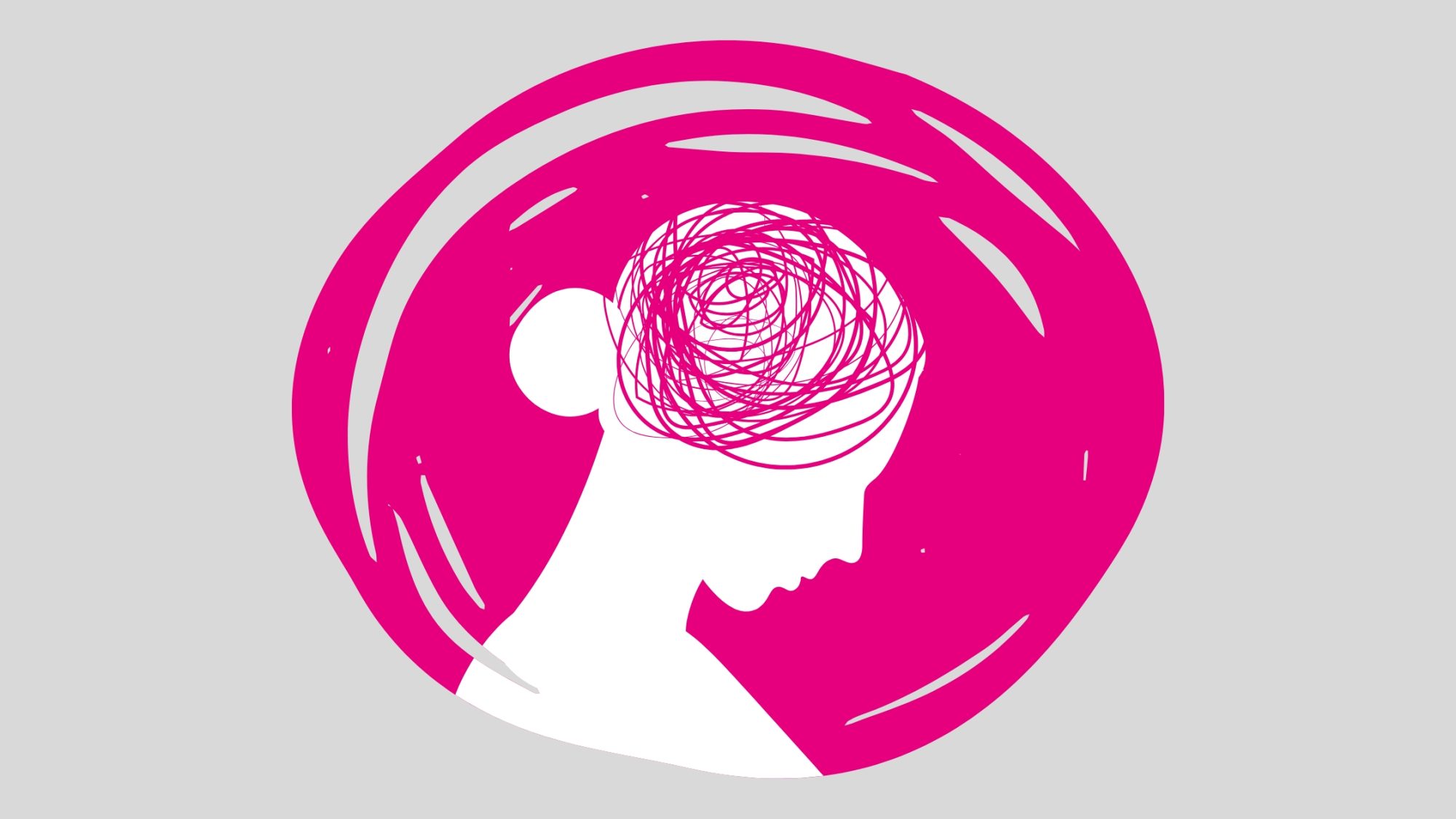
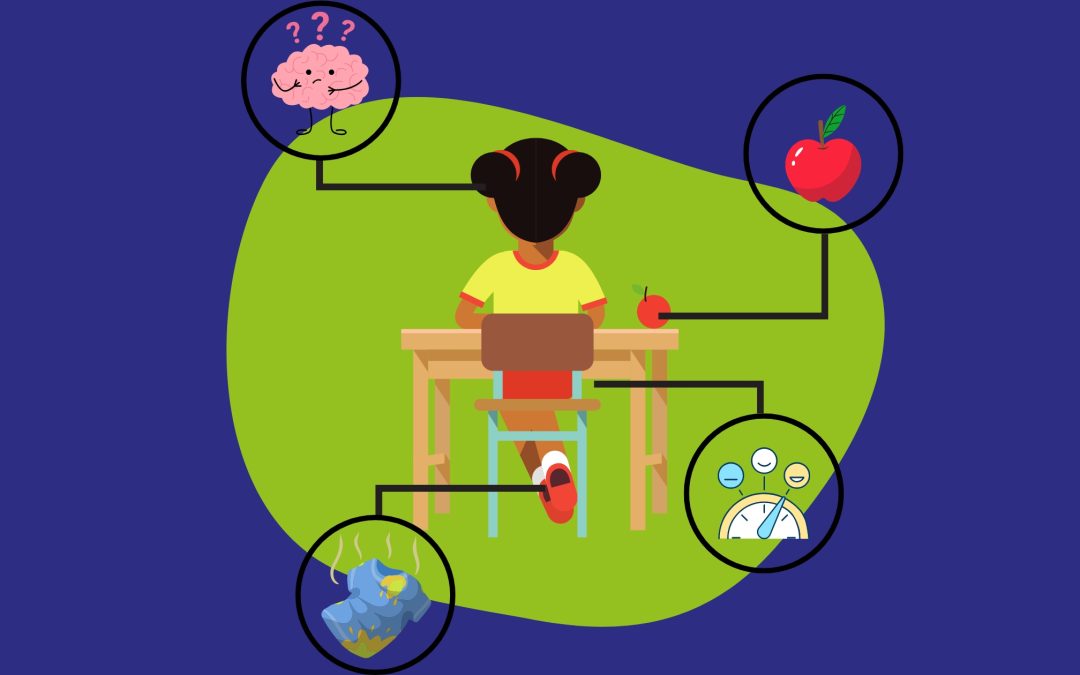
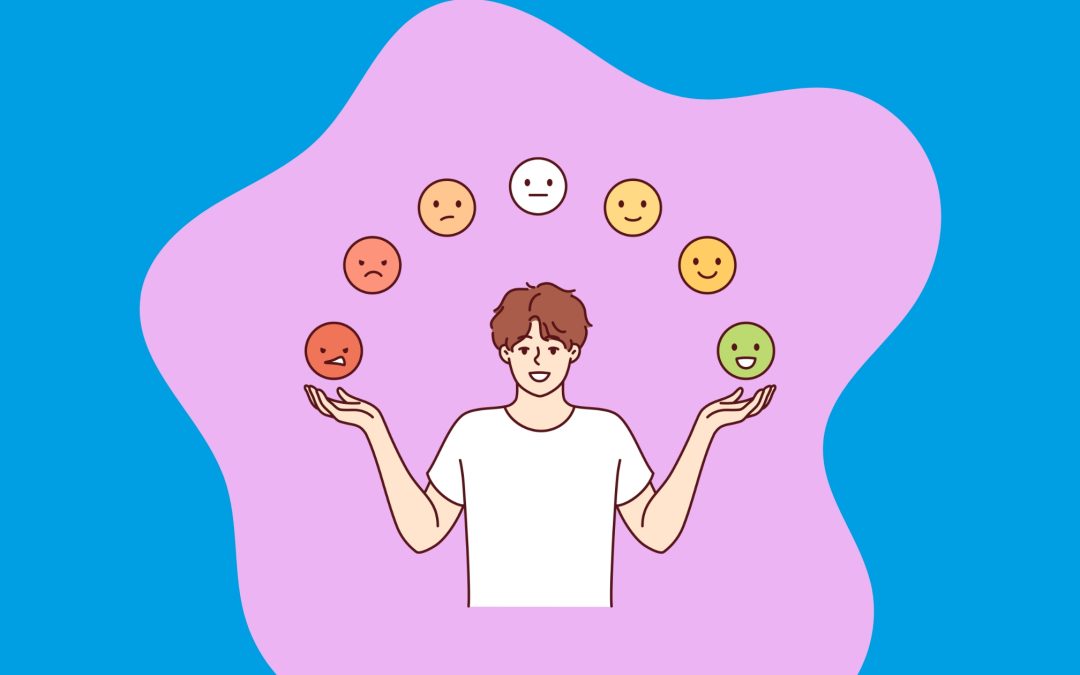
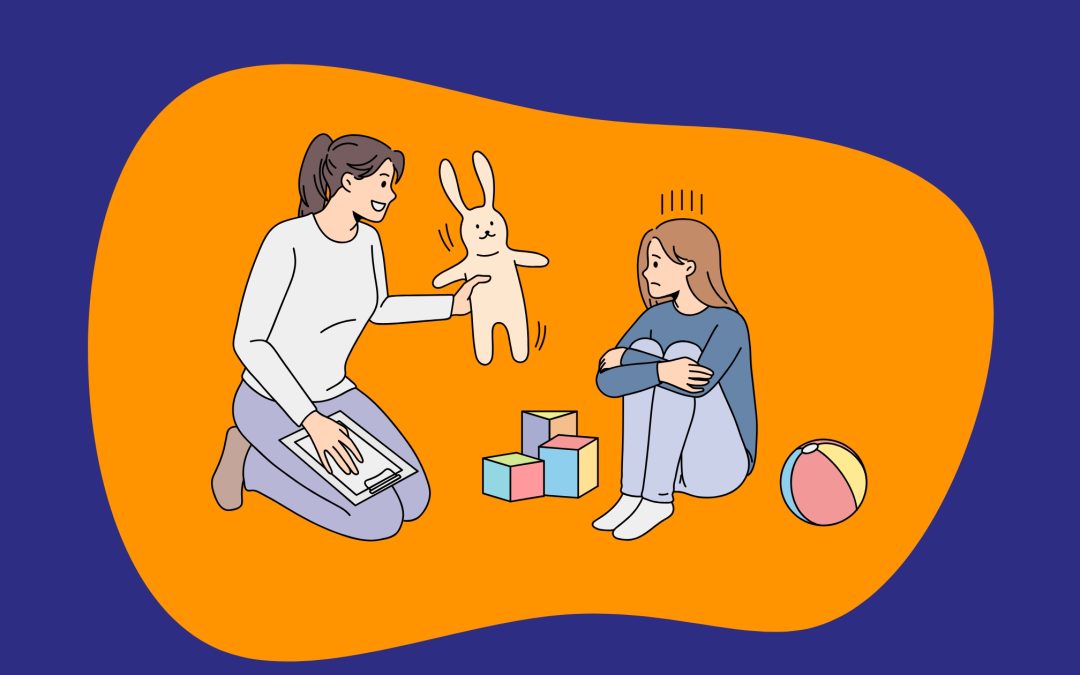
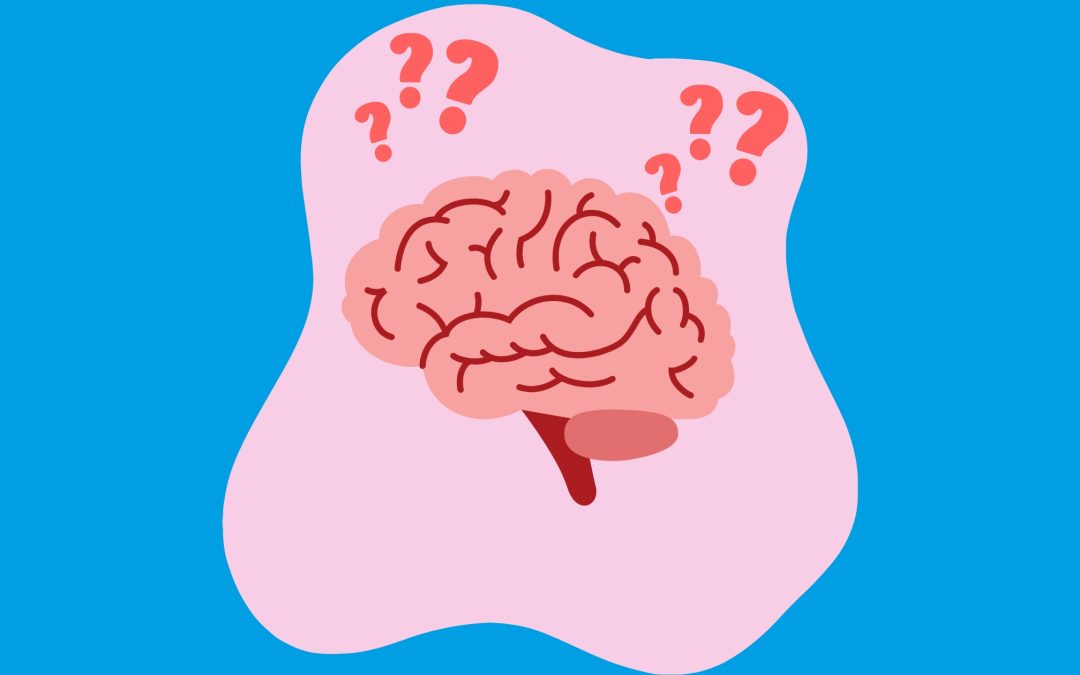


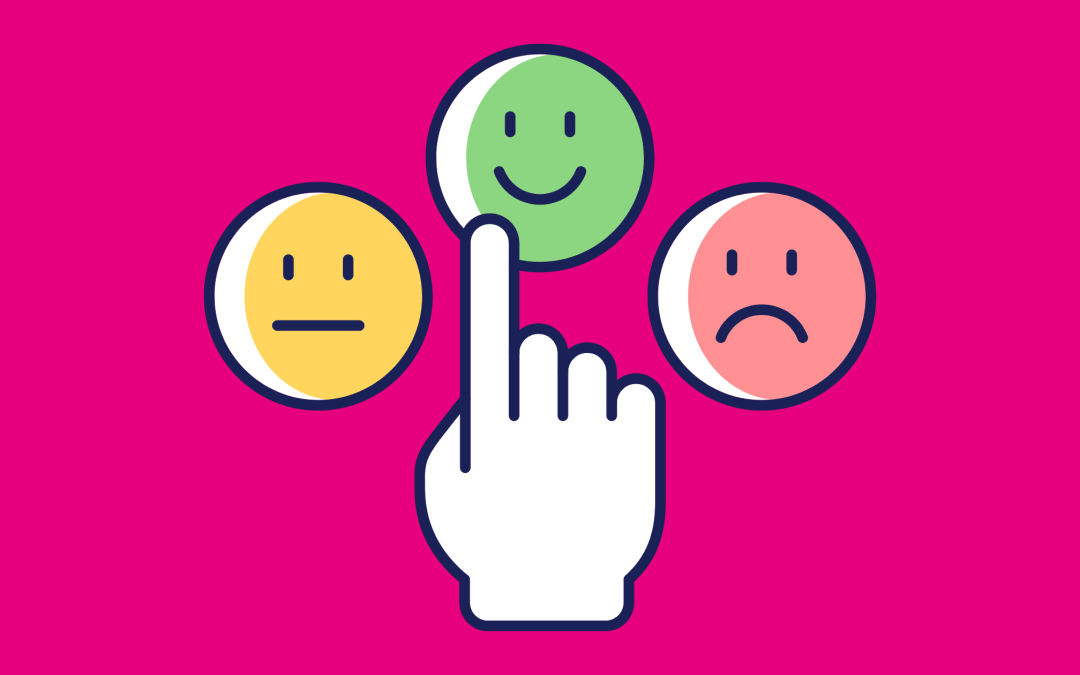
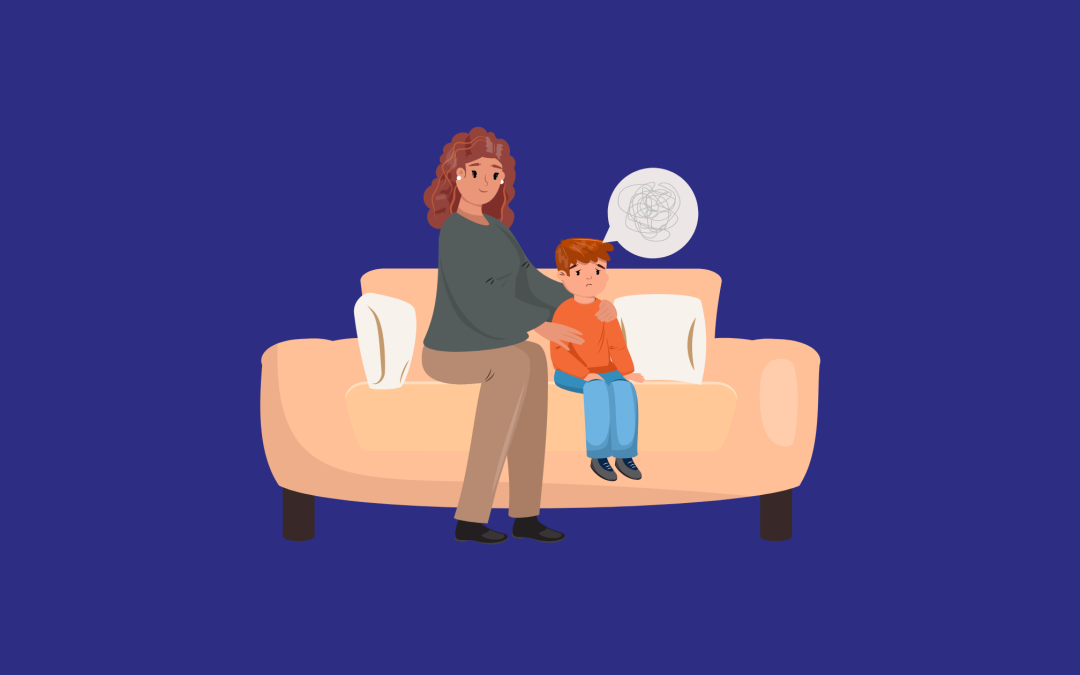
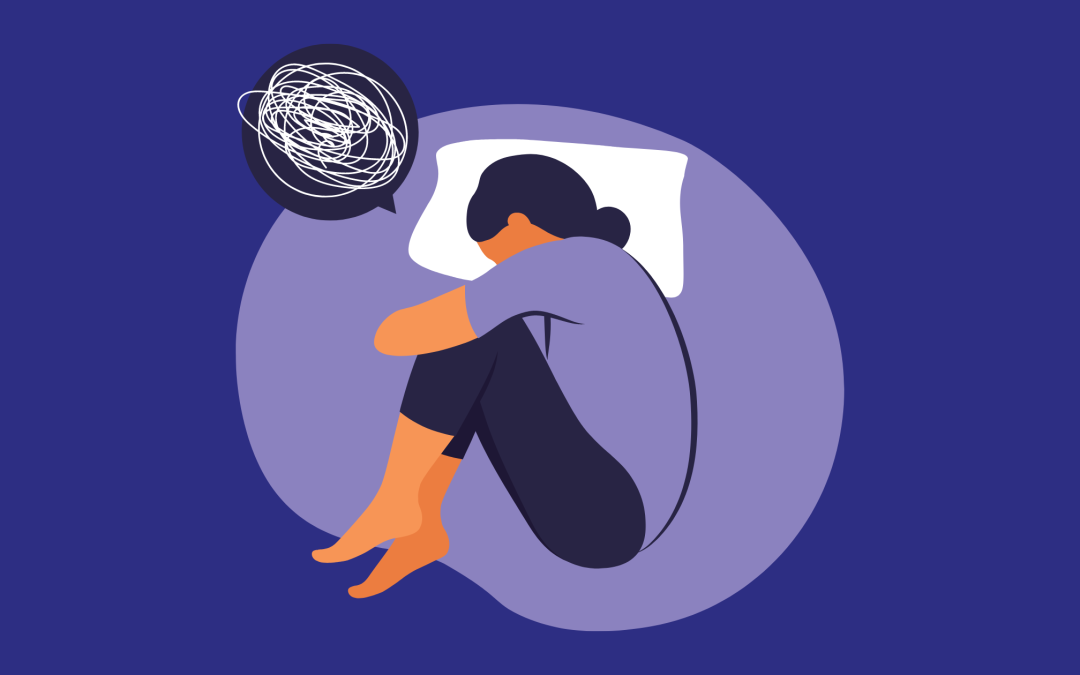

0 Comments